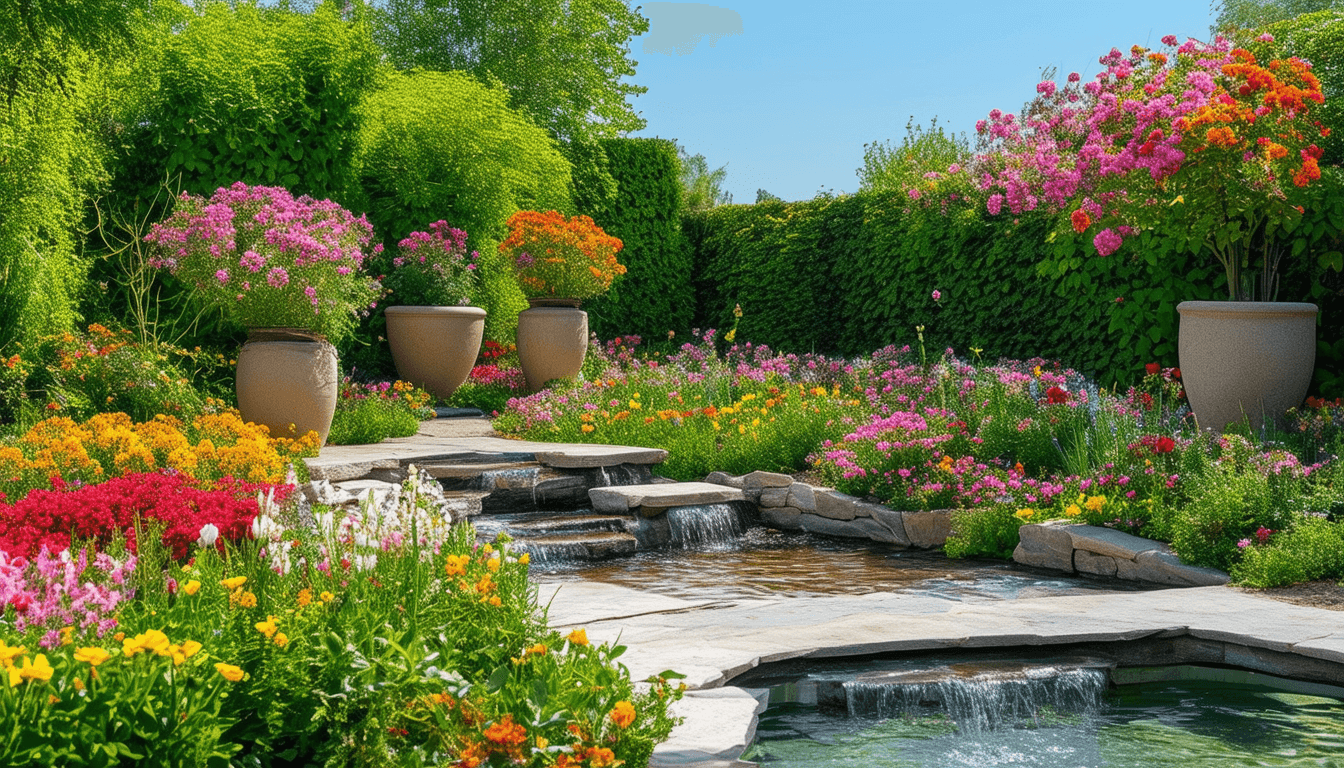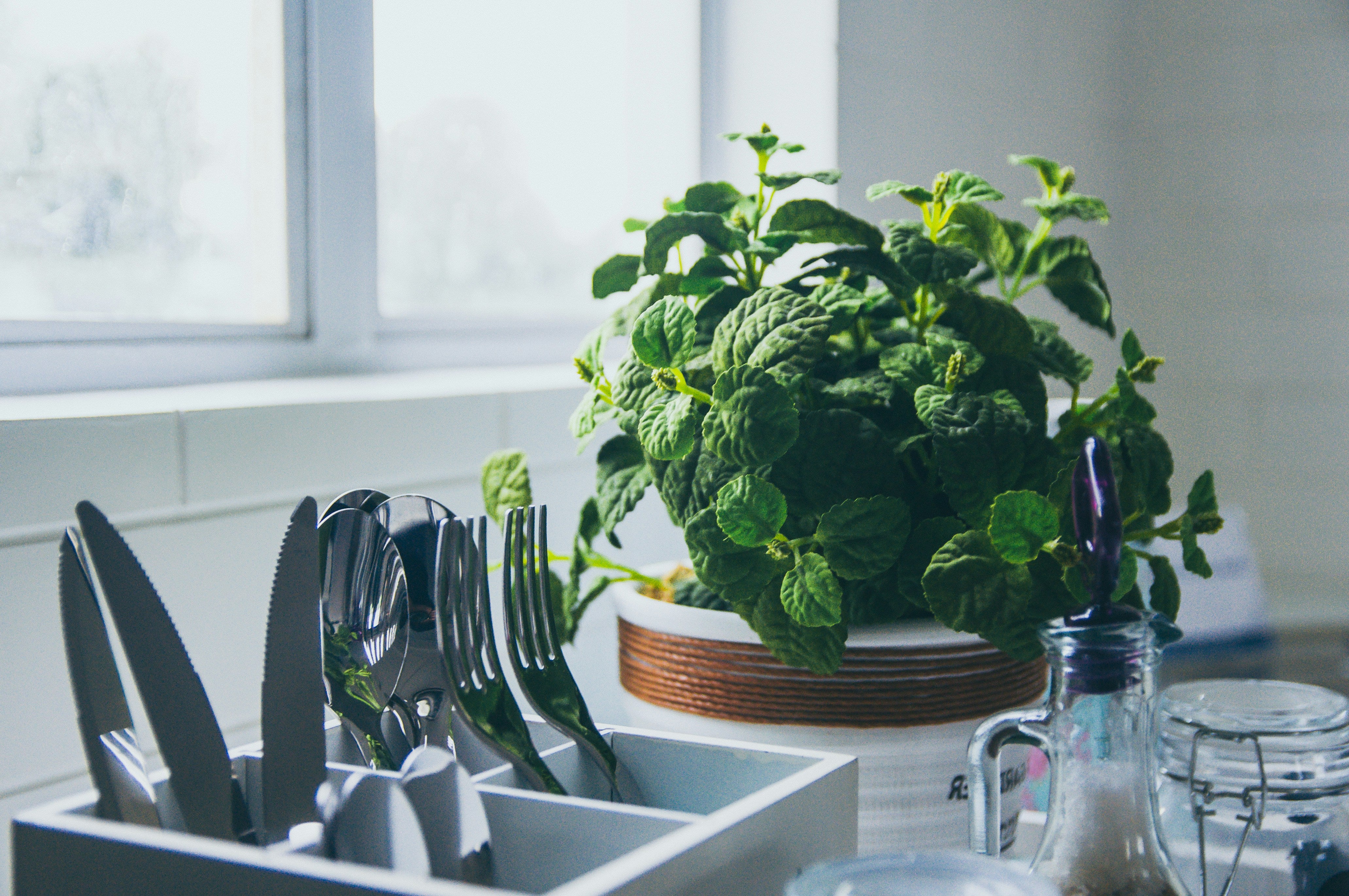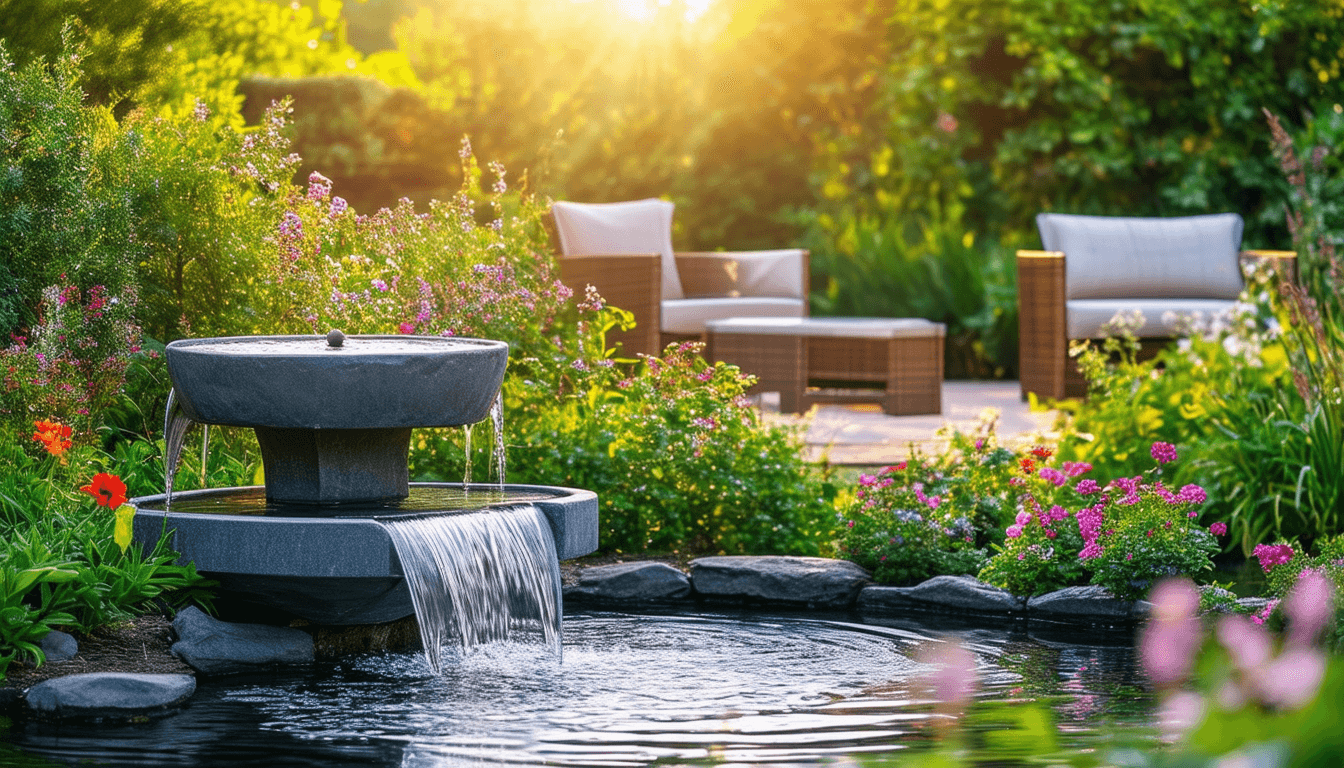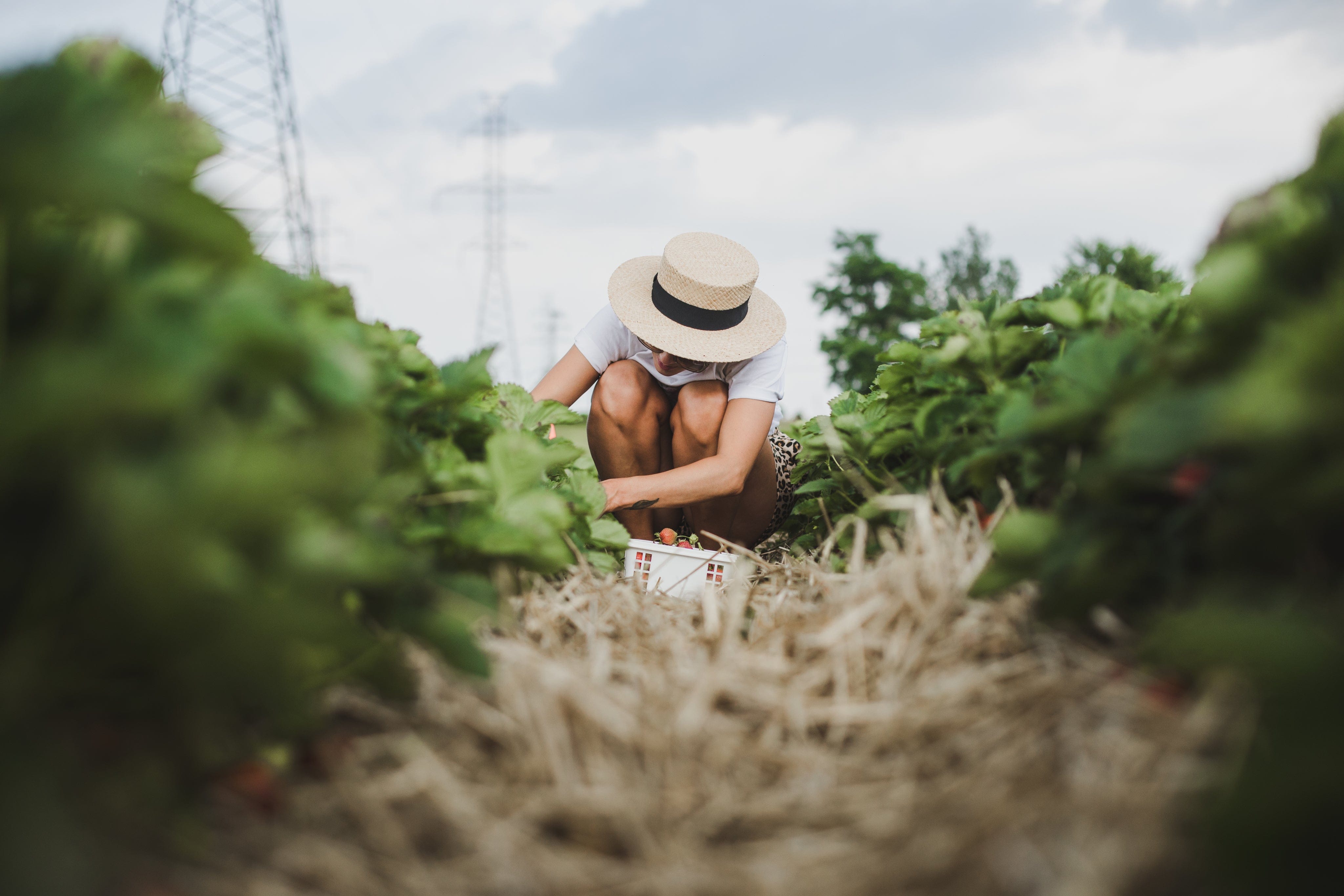
Seasonal Gardening Tips: Preparing Your Garden for Spring
As the chill of winter gives way to the warmth of spring, gardeners everywhere feel the excitement of a new growing season. Spring is the perfect time to refresh your garden, plant new varieties, and ensure your outdoor space is ready for the months ahead. At The Pot Shack, we're committed to helping you transform your garden into a stunning oasis. Here are our top tips for preparing your garden for spring.
1. Assess and Clean Up Your Garden
Before you dive into planting, take some time to assess the current state of your garden. Remove any dead plants, leaves, and debris that have accumulated over the winter. This cleanup not only makes your garden look tidy but also prevents pests and diseases from taking hold.
Tips:
- Prune Dead Branches: Trim any dead or damaged branches from shrubs and trees. This promotes healthy growth and prevents disease.
- Weed Thoroughly: Remove weeds to prevent them from competing with your plants for nutrients and water.
- Compost: Start or refresh your compost pile with the organic material you've cleaned up. Composting is an excellent way to recycle garden waste and enrich your soil.
Additional Steps:
- Check for Frost Damage: Inspect your plants for any frost damage and prune away the affected parts to encourage new growth.
- Clean Garden Tools: Ensure your gardening tools are clean and in good condition. Sharpen blades and oil moving parts to make gardening tasks easier and more efficient.
- Edge Your Beds: Redefine the edges of your garden beds to give your garden a neat and well-maintained appearance.
2. Revitalize Your Soil
Healthy soil is the foundation of a thriving garden. After a long winter, your soil may need some rejuvenation to support the upcoming growth.
Tips:
- Test Your Soil: Conduct a soil test to determine its pH and nutrient levels. This will help you understand what amendments are needed.
- Add Compost and Organic Matter: Incorporate compost, aged manure, or other organic matter to improve soil structure and fertility.
- Fertilize: Depending on your soil test results, add the necessary fertilizers to ensure your plants have the nutrients they need.
Additional Steps:
- Aerate the Soil: Use a garden fork or aerator to loosen compacted soil, allowing better air and water penetration.
- Mulch: Apply a layer of mulch around your plants to retain moisture, suppress weeds, and regulate soil temperature.
- Rotate Crops: If you grow vegetables, practice crop rotation to prevent soil depletion and reduce the risk of pests and diseases.
3. Select the Right Pots and Planters
Spring is an excellent time to introduce new pots and planters into your garden. At The Pot Shack, we offer a wide selection of premium garden pots that are both functional and stylish.
Tips:
- Choose Durable Pots: Opt for high-quality, durable pots that can withstand the elements. Our fibre concrete and eco polymer pots are perfect choices.
- Match Pot Size to Plant Needs: Ensure your pots are the right size for your plants. Too small, and roots will be cramped; too large, and soil can retain too much moisture.
- Consider Aesthetics: Select pots that complement your garden's style. Whether you prefer modern minimalism or classic elegance, we have designs to suit every taste.
Additional Steps:
- Drainage: Ensure your pots have adequate drainage holes to prevent waterlogging, which can lead to root rot.
- Use Pot Feet: Elevate your pots slightly off the ground with pot feet to improve drainage and prevent staining on your patio or deck.
- Refresh Potting Mix: If reusing old pots, replace the potting mix to provide fresh nutrients for your new plants.
4. Plan Your Plantings
Spring is a season of growth, so plan your plantings carefully to make the most of this fertile period. Consider a mix of annuals, perennials, and vegetables to create a vibrant and diverse garden.
Tips:
- Research Plant Varieties: Choose plants that thrive in your climate and soil conditions. Consider factors like sunlight, water requirements, and blooming periods.
- Start Seeds Indoors: For a head start, begin seeds indoors and transplant them to your garden once the weather warms up.
- Group Plants by Needs: Group plants with similar water and sunlight requirements together to make maintenance easier.
Additional Steps:
- Create a Planting Calendar: Plan your planting schedule based on the expected last frost date in your area. This ensures your plants are not exposed to damaging cold.
- Companion Planting: Use companion planting techniques to enhance growth and deter pests. For example, planting marigolds alongside tomatoes can help repel nematodes.
- Succession Planting: Stagger your plantings to ensure a continuous harvest throughout the season, especially for vegetables.
5. Refresh Your Garden Decor
Spring is the perfect time to refresh your garden decor. Introducing new elements can breathe life into your outdoor space and make it more enjoyable.
Tips:
- Add Water Features: A beautiful water feature can become a focal point in your garden, adding a sense of tranquillity and elegance. Our range of water features includes styles to suit every garden.
- Incorporate Garden Accessories: From bird baths to garden statues, accessories can add personality and charm to your garden.
- Use Outdoor Lighting: Extend your garden's usability into the evening with strategically placed outdoor lighting.
Additional Steps:
- Install Garden Paths: Create or update garden paths to enhance accessibility and add structure to your garden layout.
- Add Seating Areas: Introduce comfortable seating areas where you can relax and enjoy your garden. Consider benches, hammocks, or outdoor furniture.
- Vertical Gardening: Utilize vertical space by adding trellises, hanging baskets, or vertical planters. This is especially useful for small gardens.
6. Maintain and Monitor Your Garden
Once your garden is planted and refreshed, ongoing maintenance is key to ensuring it thrives throughout the spring and beyond.
Tips:
- Water Wisely: Water your plants deeply and less frequently to encourage deep root growth. Use mulch to retain moisture and suppress weeds.
- Monitor for Pests and Diseases: Regularly check your plants for signs of pests or diseases. Early detection and treatment can prevent problems from spreading.
- Fertilize as Needed: Follow a fertilization schedule based on the needs of your plants and soil conditions.
Additional Steps:
- Prune Regularly: Keep your plants healthy and well-shaped by pruning regularly. This encourages new growth and improves airflow.
- Stake Tall Plants: Provide support for tall or heavy plants to prevent them from toppling over. Use stakes, cages, or trellises as needed.
- Harvest Promptly: For vegetable gardens, harvest produce as soon as it is ripe to encourage further production and prevent waste.
Conclusion
Preparing your garden for spring is an exciting opportunity to create a beautiful, vibrant outdoor space. By following these tips and using high-quality products from The Pot Shack, you can ensure your garden is ready to flourish. Visit our website to explore our extensive range of garden pots, water features, and accessories, and start your garden transformation today. Don’t miss out on the chance to make your garden extraordinary this spring with The Pot Shack!
By implementing these seasonal gardening tips, you'll not only enhance the beauty of your garden but also create a healthy and productive environment for your plants. Happy gardening!




Leave a comment
This site is protected by hCaptcha and the hCaptcha Privacy Policy and Terms of Service apply.